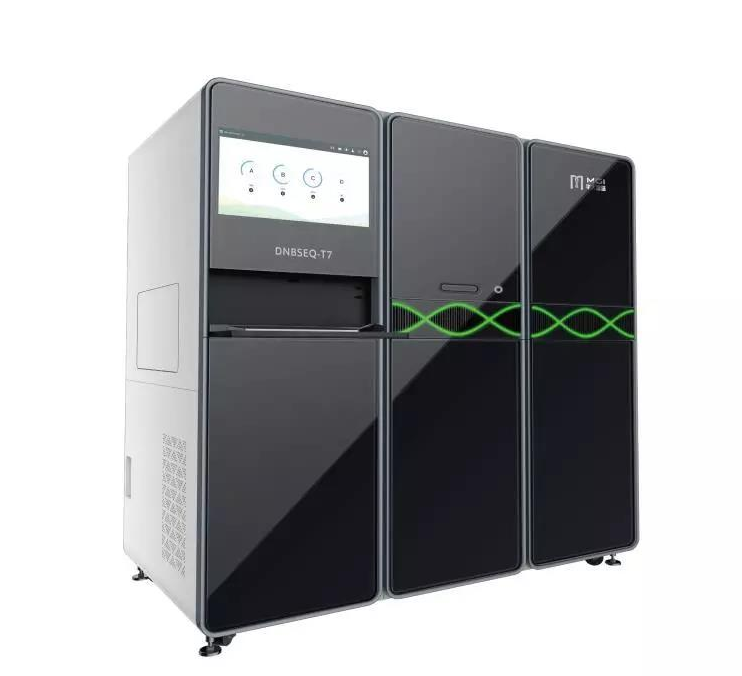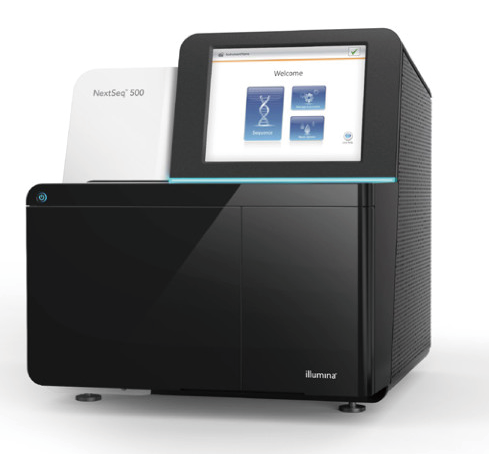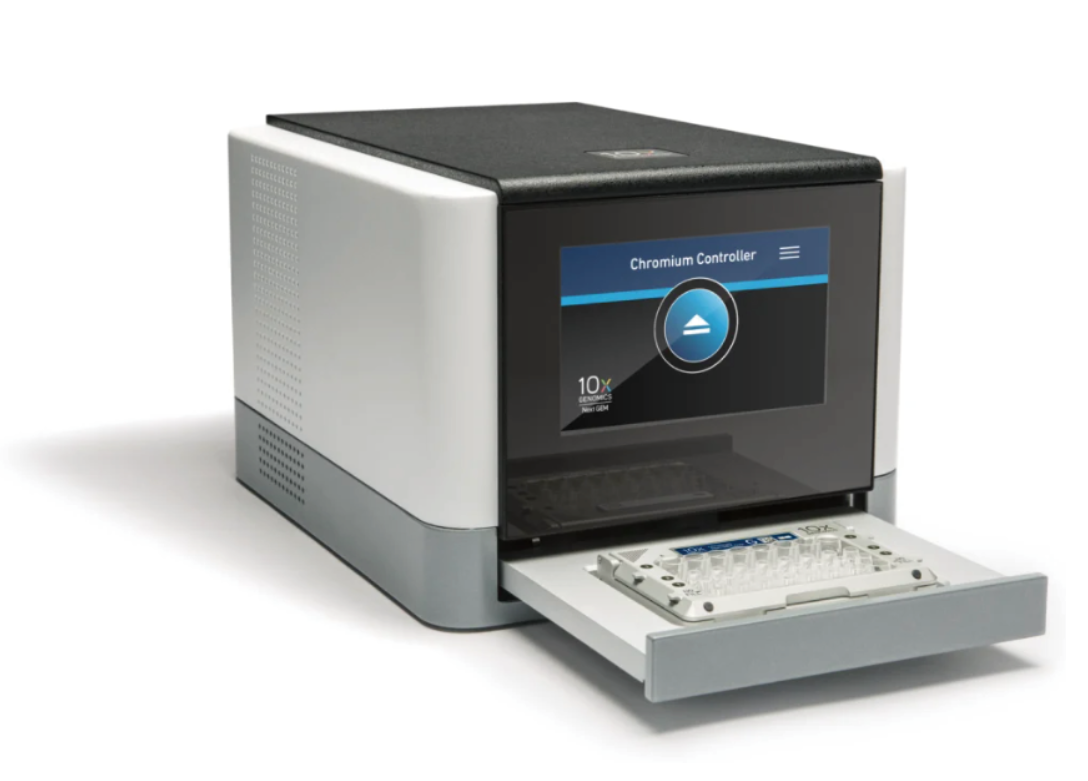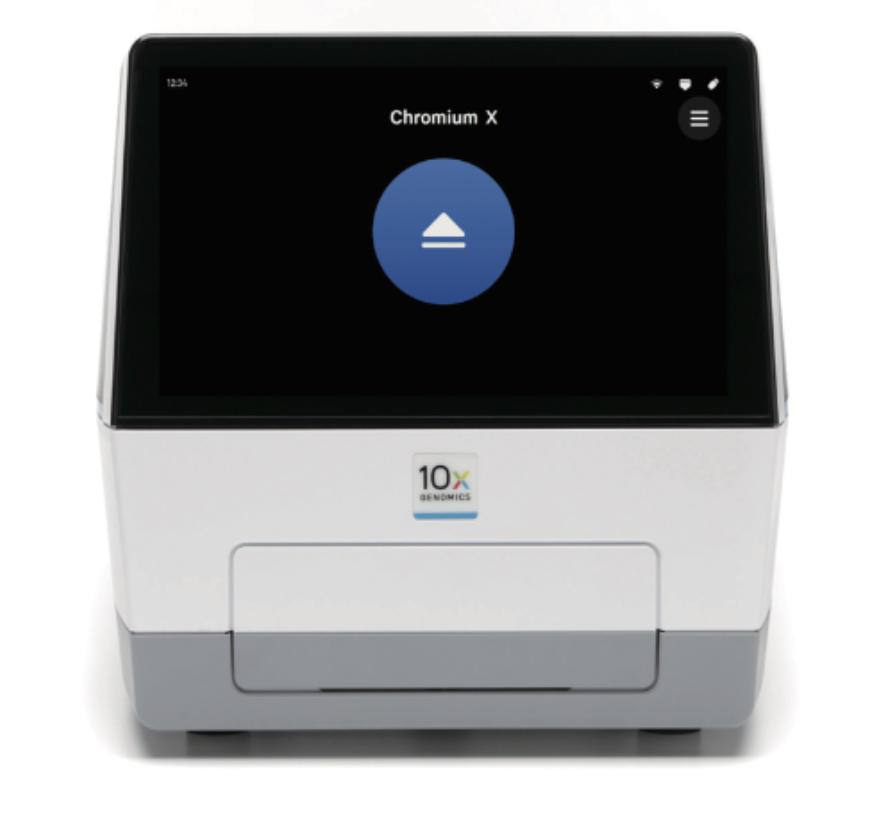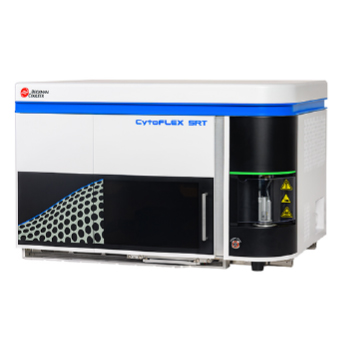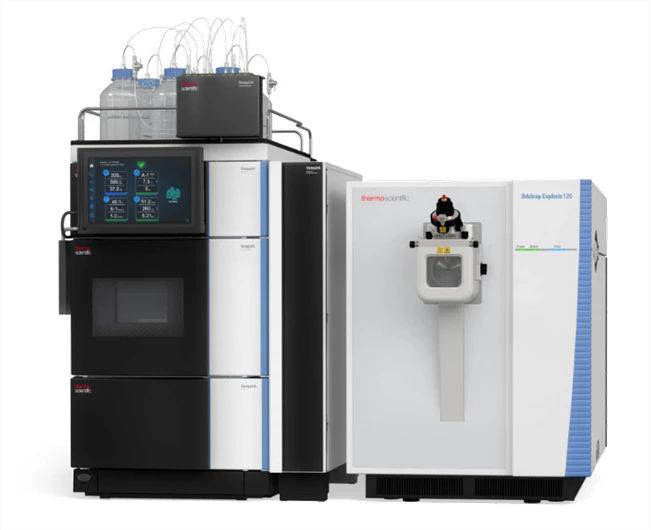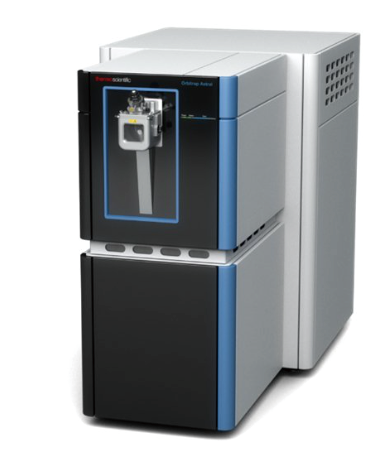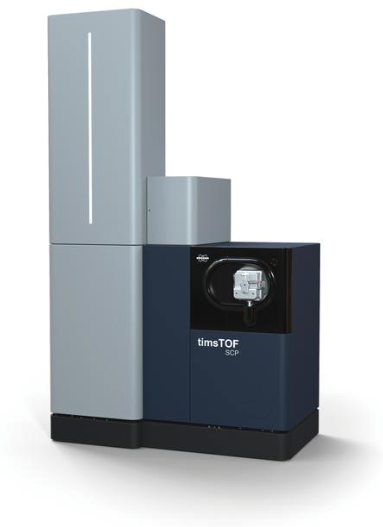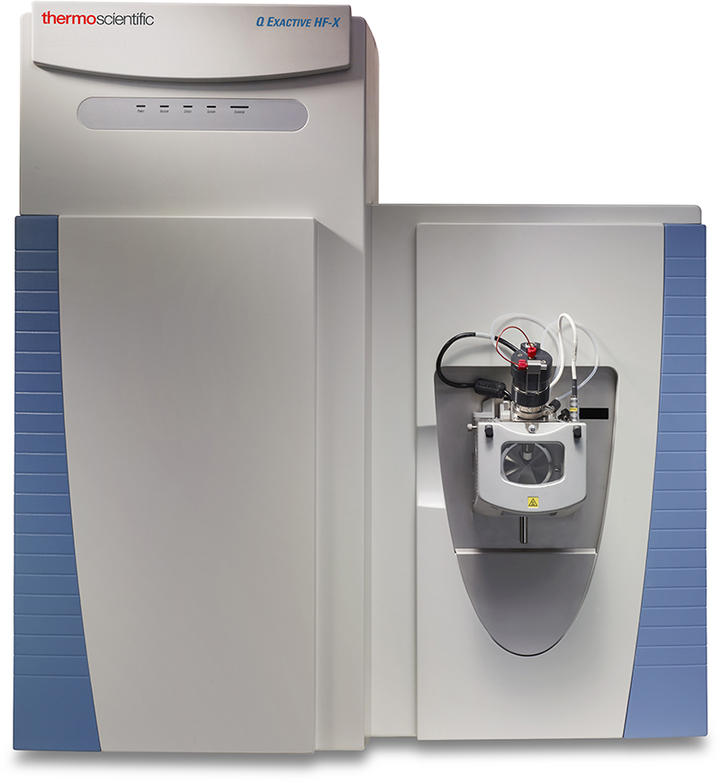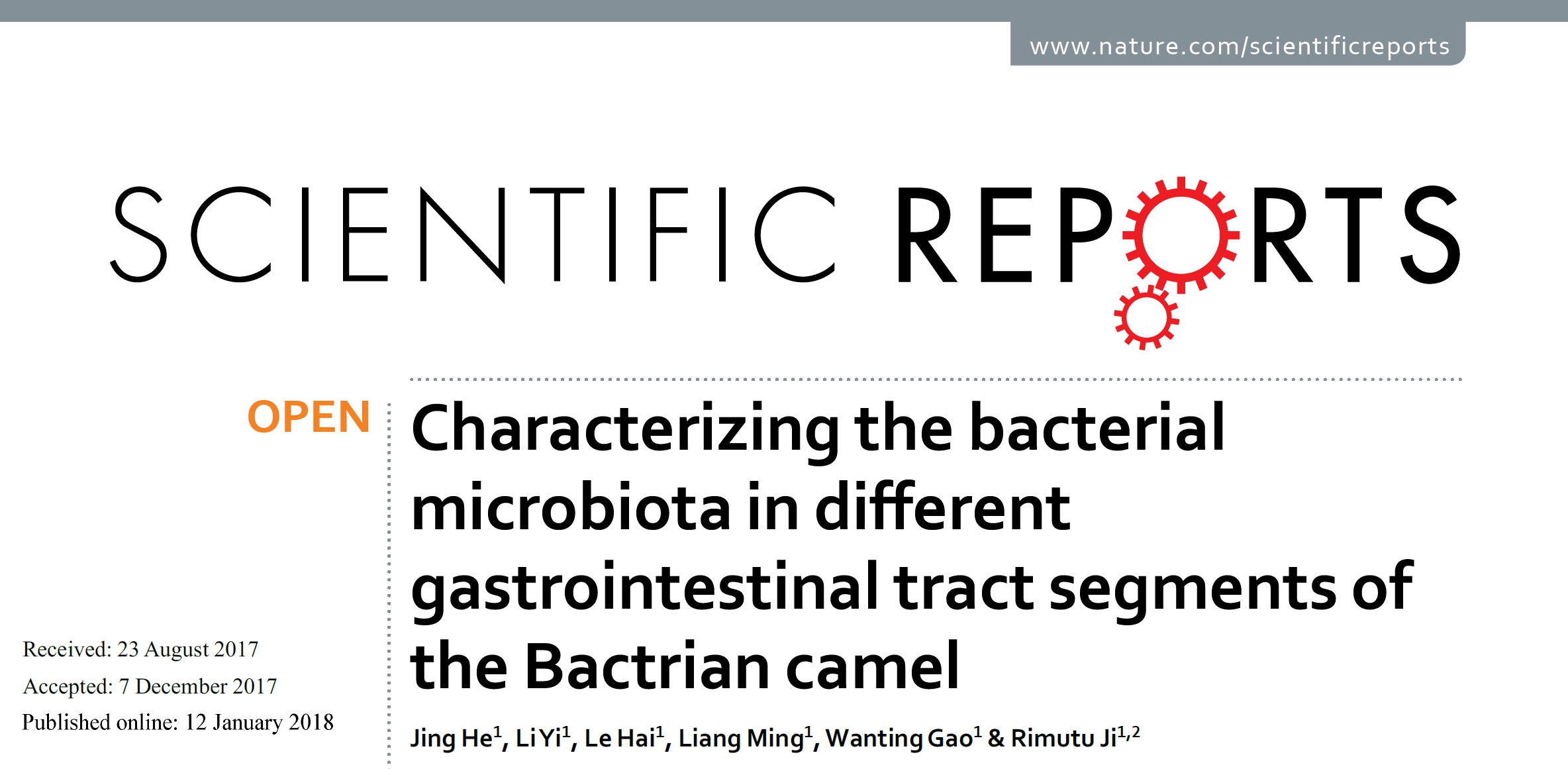
Abstract
The bacterial community plays important roles in the gastrointestinal tracts (GITs) of animals. However, our understanding of the microbial communities in the GIT of Bactrian camels remains limited. Here, we describe the bacterial communities from eight different GIT segments (rumen, reticulum, abomasum, duodenum, ileum, jejunum, caecum, colon) and faeces determined from 11 Bactrian camels using 16S rRNA gene amplicon sequencing. Twenty-seven bacterial phyla were found in the GIT, with Firmicutes, Verrucomicrobia and Bacteroidetes predominating. However, there were significant differences in microbial community composition between segments of the GIT. In particular, a greater proportion of Akkermansia and Unclassified Ruminococcaceae were found in the large intestine and faecal samples, while more Unclassified Clostridiales and Unclassified Bacteroidales were present in the in forestomach and small intestine. Comparative analysis of the microbiota from different GIT segments revealed that the microbial profile in the large intestine was like that in faeces. We also predicted the metagenomic profiles for the different GIT regions. In forestomach, there was enrichment associated with replication and repair and amino acid metabolism, while carbohydrate metabolism was enriched in the large intestine and faeces. These results provide profound insights into the GIT microbiota of Bactrian camels.
link text:https://www.nature.com/articles/s41598-017-18298-7




